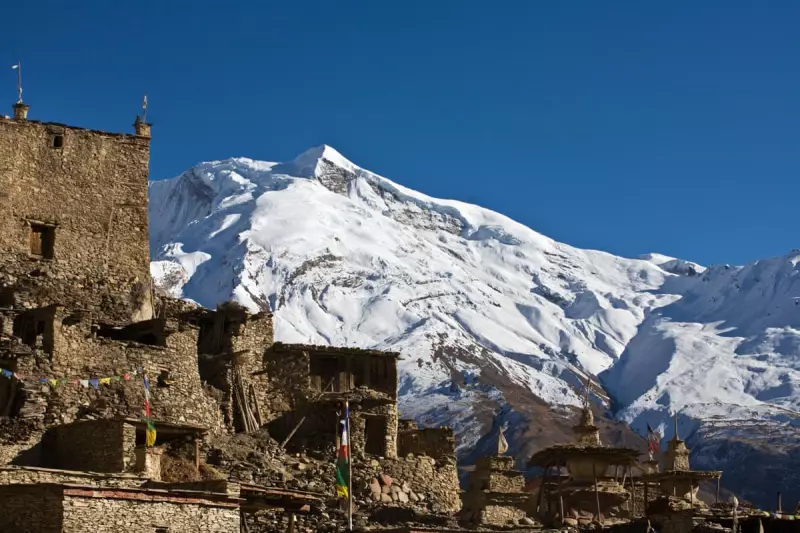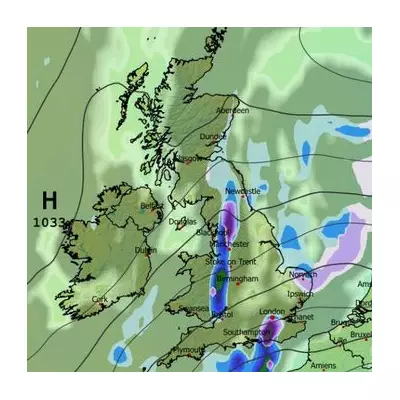
In a devastating turn of events that underscores the perilous nature of high-altitude mountaineering, a 40-year-old Australian adventurer has lost his life while attempting to conquer Nepal's majestic Himlung Himal.
The experienced climber, whose identity is being withheld pending family notification, was part of an expedition navigating the challenging 7,126-meter peak when tragedy struck. According to officials from Nepal's tourism department, the mountaineer succumbed to the extreme conditions during his daring ascent.
The Fatal Ascent
Fellow expedition members raised the alarm when the Australian climber failed to return to camp after pushing for the summit. Despite immediate rescue efforts coordinated by local authorities and fellow mountaineers, the harsh Himalayan environment prevented a timely intervention.
"The climber was last seen making progress toward the summit but failed to return to base camp as scheduled," confirmed a spokesperson from Nepal's Department of Tourism. "Despite valiant rescue attempts, the extreme altitude and weather conditions made recovery operations exceptionally challenging."
A Growing Concern in Himalayan Mountaineering
This tragic incident adds to mounting concerns about safety standards in Nepal's booming mountaineering industry. Himlung Himal, while considered less technically demanding than some of its more famous neighbours, still presents significant risks including:
- Extreme altitude and associated health risks
- Unpredictable weather patterns
- Technical climbing sections requiring advanced skills
- Remote location complicating rescue operations
The Australian Department of Foreign Affairs and Trade has confirmed they are providing consular assistance to the climber's family and working with local authorities.
This tragedy serves as a sobering reminder of the inherent dangers faced by adventurers pursuing their passion in the world's highest mountains, where even experienced climbers can fall victim to the unforgiving Himalayan environment.





